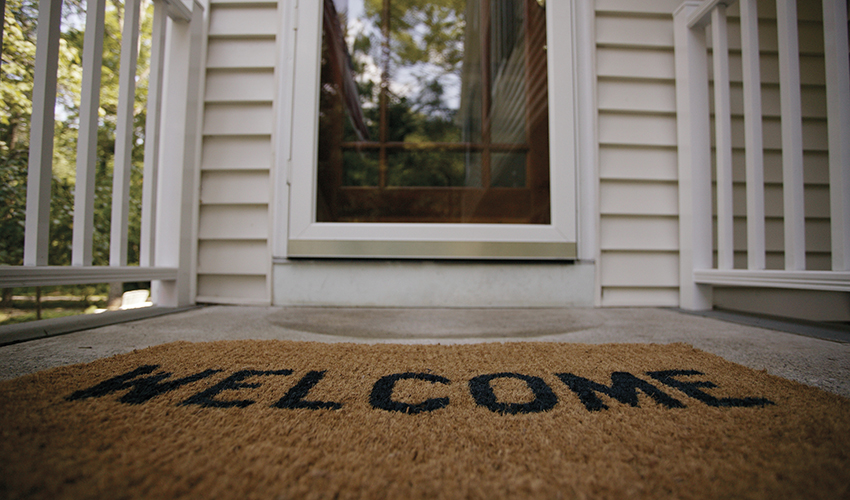Helpful Hints for Winter Window Care

The colder weather is well on its way. You can feel the chill in the air and see the barrenness of the season through any window in your home. Though these portals to the outside will likely be closed up for a while, be sure they get the TLC they need to keep your home toasty warm. These hints for winter window care might be helpful.
Clean
Dirt and other debris often gets trapped in window tracks. This prevents the windows from closing properly and tightly.
Keep your windows clean to make sure they’re doing their best job to maintain comfortable indoor temps. Vacuum the screens, edges, and tracks to remove any grime or other elements that may hinder a secure seal.
Inspect
Look for cracked or chipped glass and repair or replace as needed. Watch for gaps around the frame or the wall where the window sits. If you notice any air leaks or cold drafts, fill them with caulking or apply weatherstripping as a stopper. Check to assure each window readily opens, closes, and locks as designed.
Protect
If you have older windows or detect drafts, consider sealing the windows with plastic insulating film. This simple and inexpensive process, usually done with an at-home kit and a hairdryer, can save a significant amount in utility costs.
Also, condensation buildup on the glass can damage or rot wood window frames. Keep air moving across your windows by arranging vents and fans for directional flow and prevent moisture development.
Replace
Perhaps your windows simply don’t seal and protect as well as they used to. The best fix for overly damaged or drafty windows may be to replace them as soon as possible. Our home exteriors professionals can assess your situation and suggest the best, most energy efficient options.
The team at Spotless & Seamless hopes these hints for winter window care will help keep you and your family cozy this season. If you have questions or need to replace your windows, contact us today to learn more or request an estimate.



